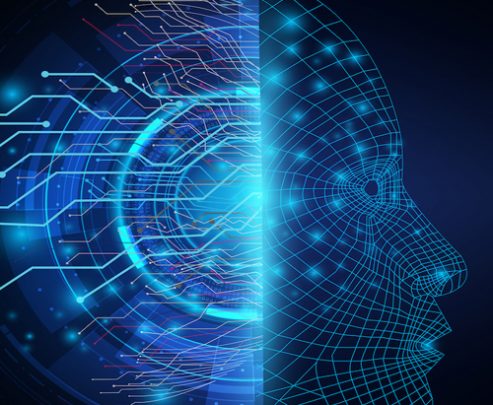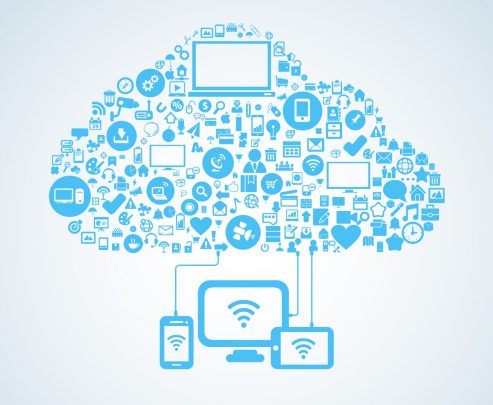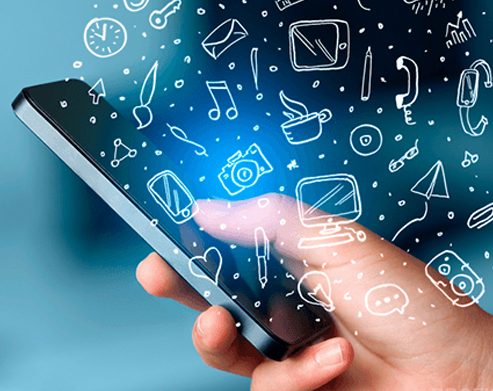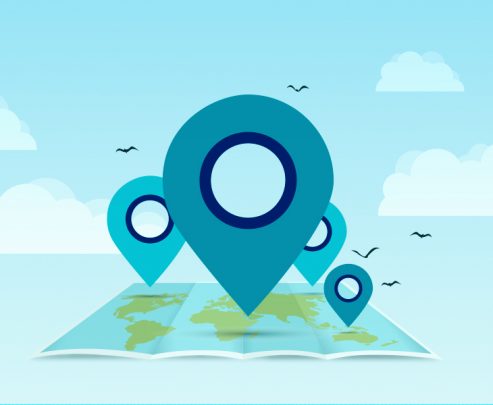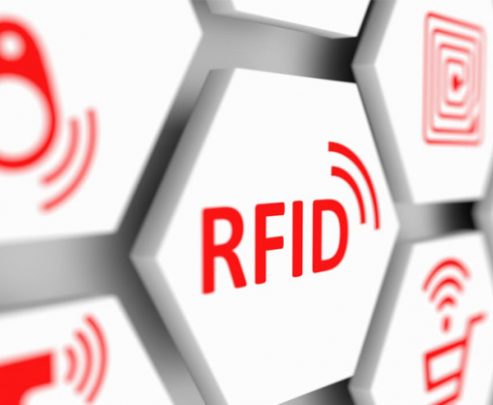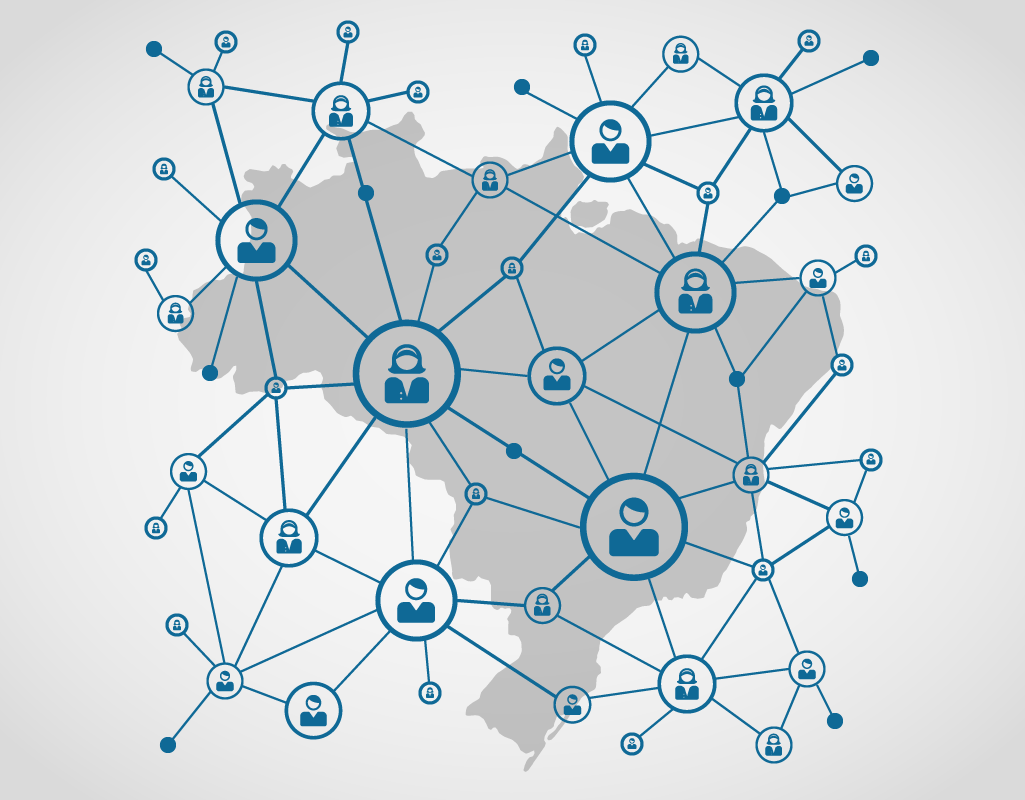Machine Learning
Machine Learning can be understood as a subcategory of AI – Artificial Intelligence.
It is a tool capable of analyzing a large amount of data using specific statistical methods, and uses a variety of algorithms to find patterns in the database.
Based on these standards, determinations or predictions can be made. Its main feature, however, is not having the routines implemented in the algorithm initially developed, but the ability to learn from data analysis and perform tasks with greater precision. A good example is the spam filter for emails:
Without the need for configuration, it improves automatically and, over time, it becomes more and more efficient to block unwanted messages in your inbox.

